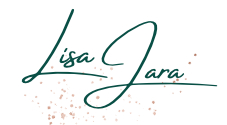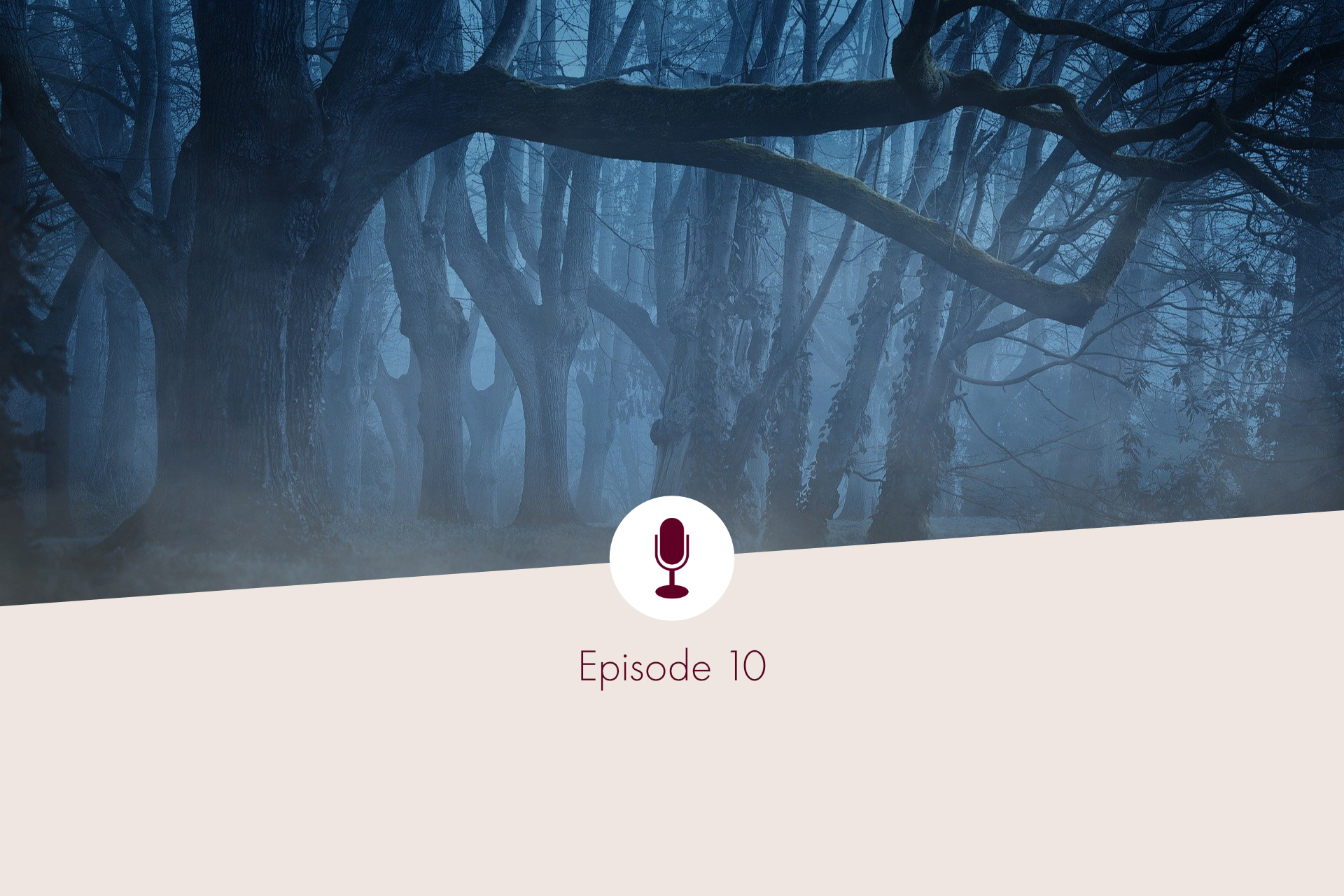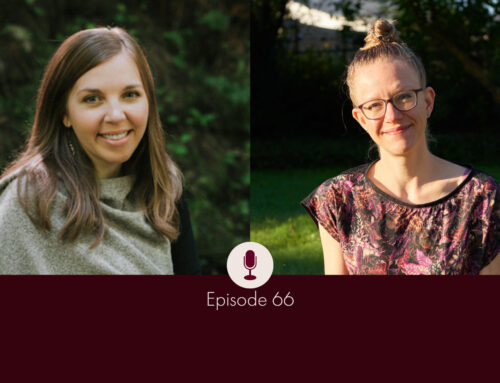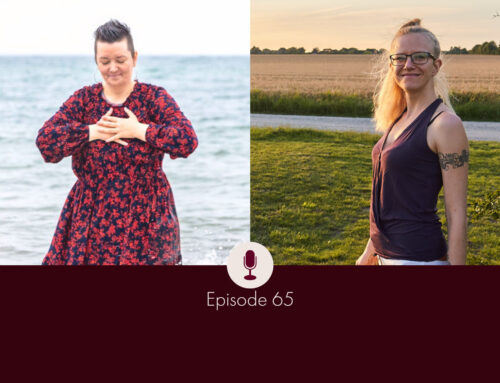[00:00:45] Hi and welcome. This is going to be a little introduction to the Twelve Holy Nights, that you might or might not know, or might have already heard me talk about. Because I am in love with this tradition, with this ritual that happens during wintertime, between roughly Christmas and the 6th of January. But yeah, I’ve personally been celebrating them for the past five or six, seven years, so quite a while, and I love to use this time to get some rest, to get inward.
[00:01:29] I don’t know if you’ve ever had this feeling I had, that once Christmas is over, there is this suspended feeling because the old year has not quite finished, but the new year isn’t there yet and it’s this like nothing seems to be moving. And of course, we are programmed that everything needs to be moving forward all the time.
[00:01:58] Anyway, there is this sense of magic and mystery in the air. There might be fog, the world might be covered in snow where you live, and then everything is muffled anyway, all the noises. And it’s just a really beautiful ritual to close the old year and make room for the new and invite it in.
[00:02:29] Now for a moment, imagine, and if you like, close your eyes for that or just do it with eyes open, but imagine. Imagine a few hundred years ago, 200, 300 years ago, you are sitting in a hut made of wood with your family huddled together. There may be a fireplace where you can warm yourselves. Maybe the hut doesn’t even have windows to keep out the cold. Storms are howling outside. There’s a lot of noise and uproar and you know: the Wild Hunt is out.
[00:03:17] In that wind you may even hear some sounds of horses, dogs barking, whips lashing, maybe even a horn being blown and you know, Odin, the all- father in the Nordic traditions is out with his hunt, with the lost souls roaming the lands. His wife Frigg or Mother Holda along with him. It’s really dangerous to go outside because when they come across your land, they might take you with them and you are lost forever.
[00:04:07] You don’t dare to hang up laundry outside because a ghost or spirit might get caught in it, and then you bring it into your house, and you never know if that’s a friendly spirit or not. Chances are it’s not a nice ghost that you bring in, with the Wild Hunt and the demons and everything being out. You are busy cleansing and smudging your house, your homestead – and this setting is where the tradition of the Twelve Holy Nights was born.
[00:04:44] If you had your eyes closed, you can open them again, but this was how people lived. And this was what they experienced. And today we know that on December 21st in the Northern Hemisphere, there is winter solstice, which is the shortest day and the longest night. And afterwards the sun will come back, the days will get longer. We know that as a pretty much certainty. At that time, the people didn’t. They might have experienced and witnessed that that happened, but you never know, when you are in the midst of winter sitting there in your hut, then you’re not so sure anymore if the sun is ever going to come back.
[00:05:33] I believe we can feel that this is a special time of year. We can feel that there’s a certain atmosphere in the air and there’s maybe not even a rational explanation why it feels that way, but that doesn’t matter. It’s there.
[00:05:58] Now, regarding this term, the Twelve Holy Nights, that’s what I called them when I looked it up on the internet. Because originally, it’s a tradition that’s more from Southern Germany, Austria, and it’s called “Rauhnächte”. And I sometimes found things like Sacred Nights of Winter or Holy Nights of Christmas. That didn’t all quite appeal to me, so I just coined it the Twelve Holy Nights.
[00:06:34] And the German term is actually really interesting because it’s not fixed where it comes from. There are different ideas of where it might come from and one is that “rauh” means rough. So it would be the “Rough Nights” and yes, winter, at that time at least, can be really rough outside.
[00:06:59] It could also be coming from “Rauch” or “räuchern” meaning smoke or smudging because as I shared in that little introduction, people would go around their house and their farm and smudge everything to cleanse energetically.
[00:07:21] It could also be a middle high German term, “rûch”, which means hairy. And since it’s said that demons and ghosts from the other world are roaming the land at that time, that’s another possibility of where this name might have originated. I just love when there is no fixed, certain thing and there is this mystery around it all.
[00:07:48] But what it is, it’s a time in between the years. I mean literally, but as I said in the beginning, to me it has always felt like I’m kind of suspended in air. And the term in between the years is coined because, at that time where this tradition was born, people used the lunar calendar, they went with the moon. And now we do have our Gregorian calendar, that goes with the sun. It’s a solar calendar, and our calendar has 365 days. When you take a moon calendar, the moon month is approximately 29.5 days long. So if you add that up times 12, it’s 354 and there is a difference of 11 days and 12 nights in between, and that’s the Twelve Holy Nights. It’s literally a time in between the years.
[00:08:52] And it’s said that during that time, the laws of nature are suspended. The veil to the Otherworld is thin. Hence the wild hunt and the demons and lost souls can all cross over and come into our world. It is also a time where we can already get a glimpse of what’s to come in our future and next year, and we can definitely feel an energetic influence of the world around us and the spirits, and I mean whatever your belief system, but like this deeper spiritual connection.
[00:09:37] So why do I personally love this tradition so much? For one, it is the essence of cyclical living. It’s part of my cyclical living rhythm. And for me, cyclical living is not just my personal cycle. It is as much that as it is Nature’s cycles, as it is the year cycle, as it is being conscious about the cycles that we go through in life. And this practice is part of my yearly cycle when here in the Northern Hemisphere, we’ve got the darkest, lowest point that we can get to, even within our psyche. The outside world represents also what’s happening for us within, and for me, this attuning to this inside world, but also this time is for introspection and for calming down.
[00:10:41] And so where the patriarchal consumerist structures around us want to push us to move forward, to get higher, faster, better, all the time, make progress, this is a revolution in itself. It’s the real revolution. I’m on a Quiet Revolution where we go, “Wait a moment, I need a pause right now. I need to reflect and root down again so I can grow up.”
[00:11:12] That’s what trees need to do, too. They need to root down first, otherwise they can’t grow up, and this is an ideal time for that. Also, because as I said, Winter Solstice is around the corner and this is the lowest point we can get to, the most inwardly attuned we get. And of course, menstruators and women do get there every month, but that’s another story, not for today.
[00:11:42] This is a point which is really great to be used for letting go, for releasing, for looking at, “Hey, what’s working in my life and what isn’t? What do I want to let go of, so I can make room for something new?” Because you know that glass of water that’s already filled to the brim, you can’t put more water in. You first have to pour something out. It’s the same. And this is an ideal time to let go and make room and plant the seed of what you want to invite in for next year.
[00:12:19] And also the Twelve Holy Nights do that in a more feminine way. Not with having a clear structure or goal afterwards, but more this intention about “What experiences would I like to have in the coming year? What milestones do I want to experience?” versus “That’s the goal I need to achieve and I need to push myself until I get there.” Because I guarantee you, if you push yourself to get to a certain goal, you will not enjoy the goal because the whole way, the whole journey towards that goal has been so damn exhausting. So this is a more feminine inspired, yin inspired, way of releasing and opening up.
[00:13:13] And that ties into a very important concept for the Twelve Holy Nights, which is “don’t turn the wheels.” At that time that I just described, where the tradition was born, people were still doing the spinning, doing the milling, all the wheels that were turning constantly symbolizing work.
[00:13:44] And because the veils to the Otherworld are thin, there are the Norns on the other side and the Norns are weaving our destiny. They have got this thread of destiny that they weave for everyone. And if we turned our wheels now, we might influence that. And who knows, we don’t want to mess with the Fates, right?
[00:14:18] So that’s why right now is more a time to let it stand, let the wheels stand still. That might even refer to our washing machines, which are spinning as well. I do know or understand that in today’s world it might be a bit much to ask for 12 days of not doing anything in the household, for sure.
[00:14:45] But I see it more as an invitation to at least for three days around Christmas and maybe New Year’s Eve and New Year’s, let the work be work, don’t care about it. Maybe have some foods prepared so that you don’t have to cook those days. Or make a stew or something from the leftovers, just so that you can have a proper rest too.
[00:15:22] If you are interested in celebrating these Holy Nights, it might be first good to know when we actually celebrate them. And again, it’s not like there is a fixed definition for when to start or when to finish. As I shared, this has been celebrated in Southern Germany and Austria and the Celts and the Germanic people or peoples all had some kind of tradition around that. Some people like to start mid-December and finish with the Winter Solstice. Others like to start at Winter Solstice and go 12 nights from there. I personally, the way I have learned it the first time, starts on December 25, or rather at midnight from the 24th to the 25th.
[00:16:22] And I personally like to stick with that because modern day often has these last-minute preparations or travels or anything that happens just before Christmas. So I don’t want to start my Twelve Holy Nights in the midst of that possible chaos. And that’s why I love starting on December 25th.
[00:16:50] And then every Holy Night has a certain theme, it stands for one month of the next year, which means that whatever happens on that day, you might want to record, and then in that respective month, look back and see what you recorded. What I love to do is pulling an oracle card every day for the respective month, to see what message I might get for that month. I really put a reminder in my phone every first of the month to go back and look at the message I received. And, you know, I don’t take it too seriously, but more often than not, I find that it’s exactly the message I need to hear, or it describes exactly what’s happening in my life right now and what I need to pay attention to. I just love these synchronicities.
[00:17:49] And so the first Holy Night would start midnight from the 24th to the 25th of December, and the first Holy Night Day, so to speak, would be the 25th of December. And then the second starts on midnight from the 25th to the 26th of December, and then you go all the way until the 5th of January and then you’ve completed your journey through the Twelve Holy Nights.
[00:18:22] How can you prepare for this time? As I said that it’s about letting go, before we can invite in something new, this is a perfect time until Christmas to declutter and clean and let everything old and outdated and disused stay in the old year. This might include relationships, or thought patterns that you don’t want to continue. So it’s not just physical, it can be emotional or psychological as well. Things that you would like to let go of, that don’t bring you joy anymore.
[00:18:58] And then also, you want to return and/or pay off debts as much as you can. Obviously sometimes that’s not possible, but try to really close those chapters that you can, before you start into the next year.
[00:19:17] And it’s a time to prepare your 13 wishes, which is a really fun ritual I enjoy so much. The ritual of the 13 wishes. And it’s possible that when you look at what the old year has brought you and you realise you’ve learned some lessons because things haven’t worked out the way you wanted, that these lessons influence the wishes that you have for the next year. That can be material wishes, that can be “world peace”. It can be whatever you wish for, for next year. And then you write 13 wishes down on paper, each on a single piece of paper, and you fold these pieces of paper and then you put them all into an envelope or into a bowl or somewhere where you can pull from.
[00:20:13] And then on every Holy Night or Holy Night Day, so throughout December 25th for the first one, for example, you pull one of these pieces of paper out. You don’t look at it, you just burn it with a candle. And you imagine how the smoke is transferred into the Universe. Because the Universe is going to take care of that wish for you. And as we only have 12 Nights, on the 13th, there is one wish left, and that’s the one you will have to take care of yourself next year.
[00:21:00] And I just love this. It’s always so fun to imagine, ” Oh, which one do I want to stay left over for me?” Or “Which do I not want to have left over for me?” Or “Please don’t let me pick the one that I don’t want.” It’s really fun, I find, and I hope you will enjoy it if you feel inclined to celebrate that.
[00:21:26] If you want some more support around that, I do offer a course with it, an email course, which is a very simple one, because in today’s time, we can sometimes feel easily overwhelmed with everything that’s happening. So this course is designed so that you can do it in five minutes a day if you don’t have or don’t want to have more time for that. Or you can spend two hours with it, there is enough material in there. So you will receive one email a day for these Twelve Holy Nights, always with the theme of that Holy Night with a bit of background, with a ritual or a custom you might want to do on that day and a few journaling questions.
[00:22:16] And you can just pick and choose whatever feels juicy for you. And if it’s just sitting in front of a candle for a minute, pondering on these questions and then burning your wish, totally fine. You do you, this is not to put more pressure on you.
[00:22:37] And we will also meet three times over these Twelve Holy Nights. Or rather, we begin a little before, for a Winter Solstice Ceremony to really get us in touch with what we wish for, for this time and for next year. And we’ll have a Sharing Circle in between to be witnessed and to have somebody to talk about these things that are going through our mind when we do these introspective practices.
[00:23:09] And then in the end, we will meet for a Closing Ceremony and we are going to open our 13th wish together, which is always really fun, especially if people share their wishes with the group. And yeah, you can be completely wrapped into this nice little cocoon of the Twelve Holy Nights with us on this journey. I would love to have you, you will find the link in the show notes.
[00:23:38] As I said, I guess you know by now, I really love this tradition. It’s so sacred. It’s so personal. It helps me to get into connection with myself and to stop, pause from all this “Continue, continue, continue. Progress. Forward movement.” But really recentre and look at, “Okay, where am I at? What’s happening in my life that I would like to have work differently? What do I need to let go of to make that happen? What support might I want to get into my life, to live it in a way that feels more true to me?”
[00:24:34] And if you want to be supported on that journey, come with us. I would be so delighted to have you on that journey. You will find the links below and for right now, I wish you a beautiful day. Much love.





